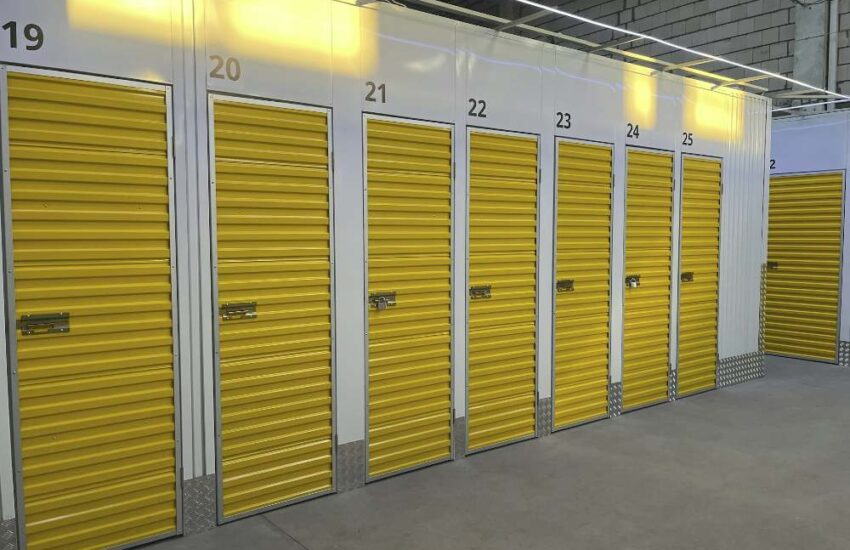Land Use Planning: Environmental Planning for Future Generations
Land use planning is a critical facet of urban development, focusing on the allocation of land resources for various purposes such as residential, commercial, and public uses. As society grows increasingly concerned about the environment, land use planning must also adapt to consider the ecological ramifications of human activity. Effective planning can not only shape our urban and rural landscapes but also set the stage for a sustainable future for coming generations. One of the most critical aspects of this planning is dealing with environmental hazards, such as the need for oil tank removal in Bayonne NJ, and other remediation activities.

Importance of Environmental Planning
Future-Proofing Development
Traditional land use planning primarily focuses on the economic aspects, often overlooking the long-term environmental consequences. In contrast, environmental planning takes into account the sustainability of natural resources, aiming to future-proof developments to be viable for generations to come.
Ecosystem Preservation
When done correctly, land use planning can help preserve fragile ecosystems, protect endangered species, and keep critical habitats from being destroyed. Well-structured planning can balance human needs with the necessity to maintain biodiversity.
Public Health
Good environmental planning impacts public health by reducing exposure to pollutants and other harmful substances. Effective land use can decrease the proximity of residential areas to industrial zones, landfills, and other sources of pollution.
Environmental Hazards and Remediation
Soil Contamination
Soil contamination is a common issue in many urban areas. Whether from industrial activity or the remnants of oil tanks, contaminated soil can pose severe health risks and cause environmental degradation. This is where the importance of soil remediation comes in. Cleaning up soil is a critical step in preparing land for future use.
Oil Tank Removal
Underground oil tanks are a significant environmental hazard. Leaks can contaminate soil and groundwater, causing both health and environmental issues. Cities like Bayonne, NJ, have specific guidelines and services for oil tank removal, which is crucial for both current land use and future planning.
Sustainable Land Use Strategies
Zoning Laws
Zoning laws can play a significant role in environmental land use planning. By establishing zones for specific purposes, cities can better manage resources and limit the environmental impact of various activities.
Green Spaces
Allocating areas for green spaces not only enhances the quality of life but also serves ecological purposes. These spaces can act as “lungs” for cities, absorbing carbon dioxide and releasing oxygen, besides providing habitats for urban wildlife.
Renewable Energy Sources
Land use planning must also consider the future of energy. Identifying sites for renewable energy sources like wind farms, solar parks, and hydropower plants is essential for transitioning from fossil fuels to more sustainable options.
The Role of Community Engagement
Local Insight
One of the often-overlooked aspects of effective environmental planning is the role of community engagement. Locals possess invaluable insight into the nuances of the land, water systems, and biodiversity of an area. Their observations can provide planners with a wealth of knowledge that may not be visible through scientific data alone.
Collaboration for Sustainability
Community engagement also creates an environment of shared responsibility. Residents who are educated about the significance of sustainable land use are more likely to cooperate with local authorities. For instance, if a community understands the gravity of environmental hazards like leaking oil tanks, they are more likely to take proactive steps in coordinating with services for timely oil tank removal, thereby minimizing environmental damage.
Policy and Regulation
Environmental Impact Assessment
Government policies and regulations are critical in shaping the direction of land use planning. Environmental Impact Assessments (EIAs) have become a standard practice before initiating any major development project. They offer a comprehensive look at the likely environmental effects and propose mitigation strategies to minimize negative impacts.
Stricter Enforcement
Another crucial aspect of policy is the stricter enforcement of existing environmental laws. Many countries have robust environmental protection laws on paper, but their real-world application is often lackluster. Stricter enforcement ensures that all players—be it construction companies, industrial setups, or average homeowners—are held accountable for their environmental footprint.
Technology and Environmental Planning
GIS and Remote Sensing
With advances in technology, the tools available for land use planning have expanded exponentially. Geographic Information Systems (GIS) and remote sensing technologies allow planners to visualize complex environmental data in a more digestible form. This capability is particularly helpful in identifying areas requiring urgent environmental attention, such as spots requiring immediate oil tank removal or soil remediation.
Simulation Models
Advanced simulation models can predict the environmental outcomes of various land use scenarios. These predictive models enable planners to choose the most sustainable options, not just for the present day but for decades to come.
Final Thoughts
Environmental planning is not a one-size-fits-all strategy; it requires a multi-disciplinary approach that takes into account various factors from social aspects to scientific data, policies, and even technological advancements. One of the more intricate challenges, such as oil tank removal in specific cities like Bayonne, NJ, serves as a microcosm of the larger issues that land use planners face.
By incorporating ecological considerations into land use planning, we are not merely developing spaces for our immediate needs. We are setting the groundwork for a sustainable, harmonious coexistence with the planet, ensuring that future generations inherit a world where they can live, grow, and thrive. After all, the best way to predict the future is to plan for it responsibly.


